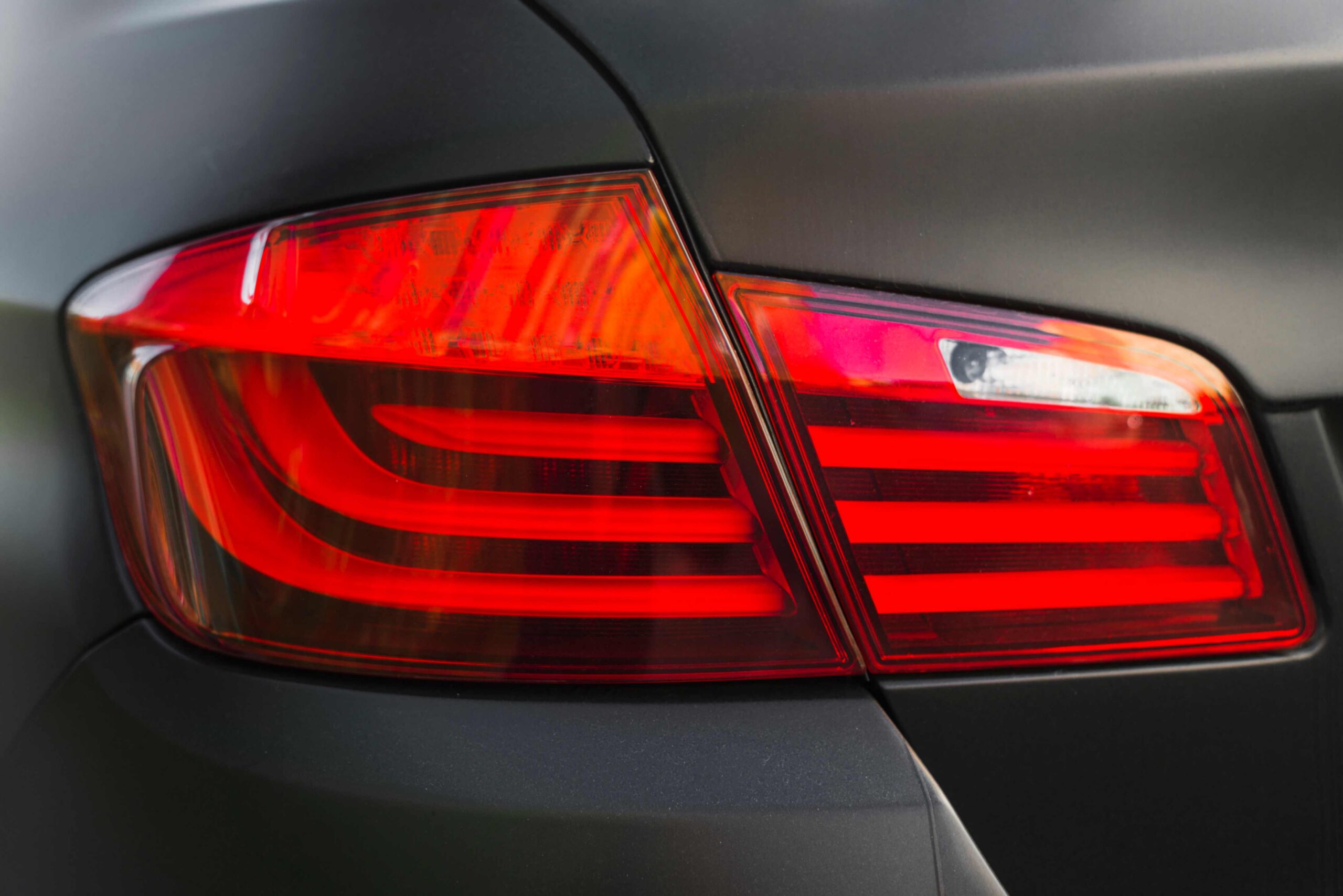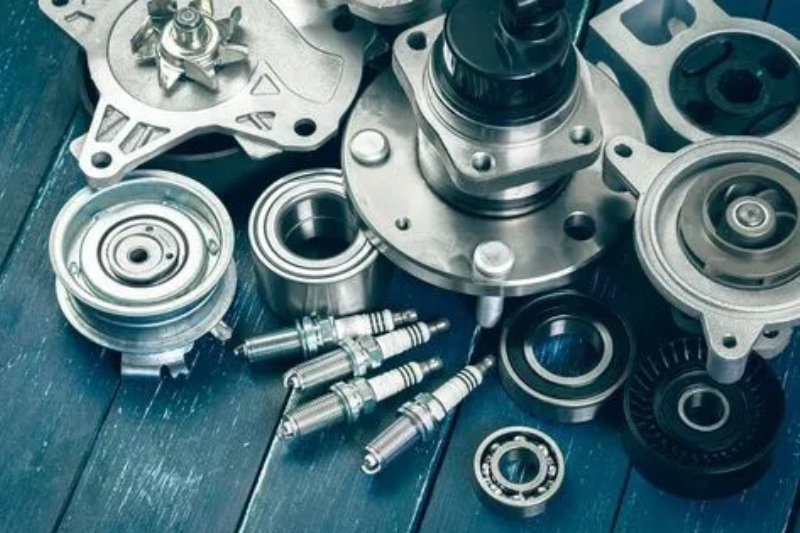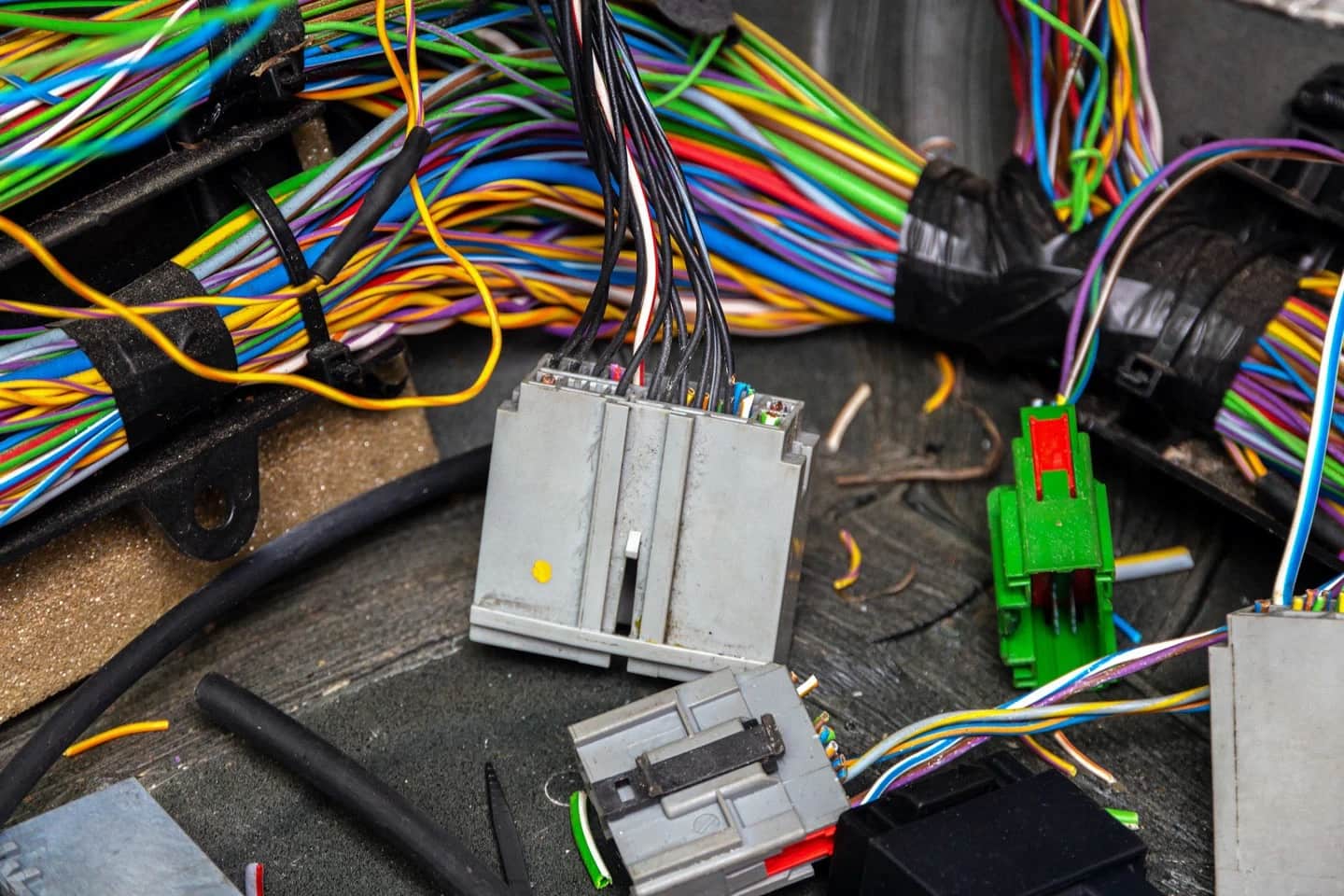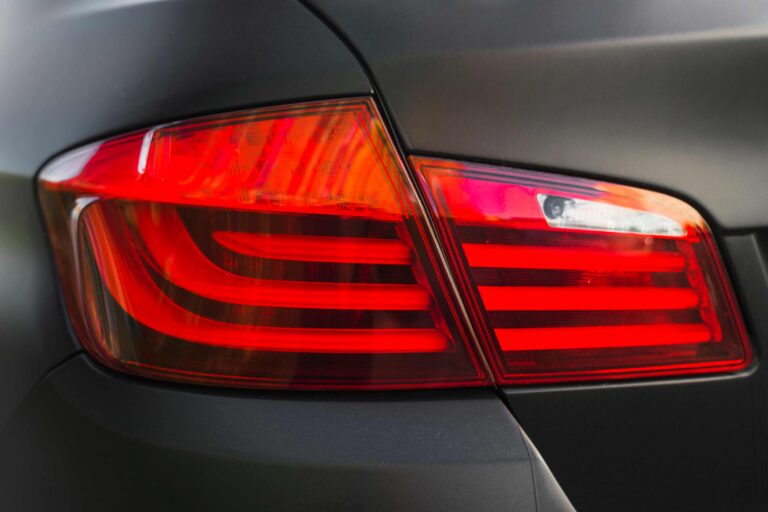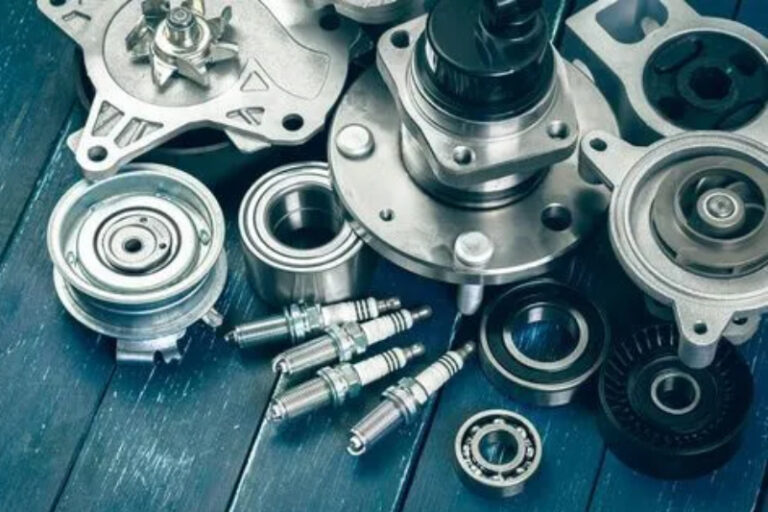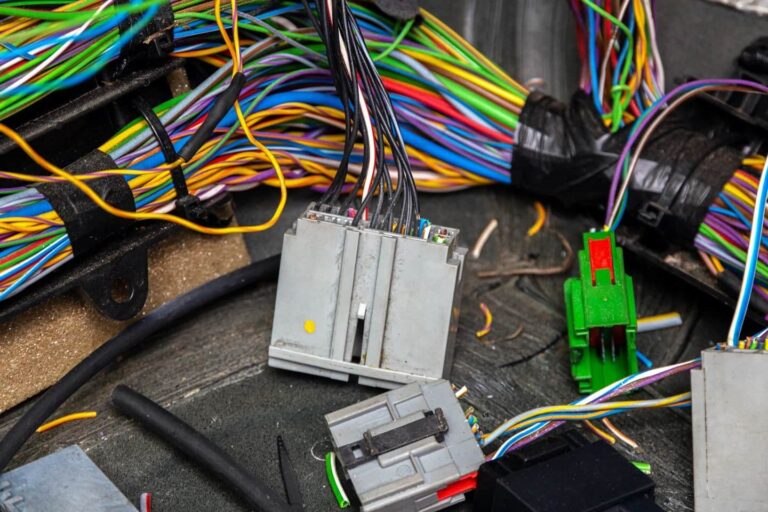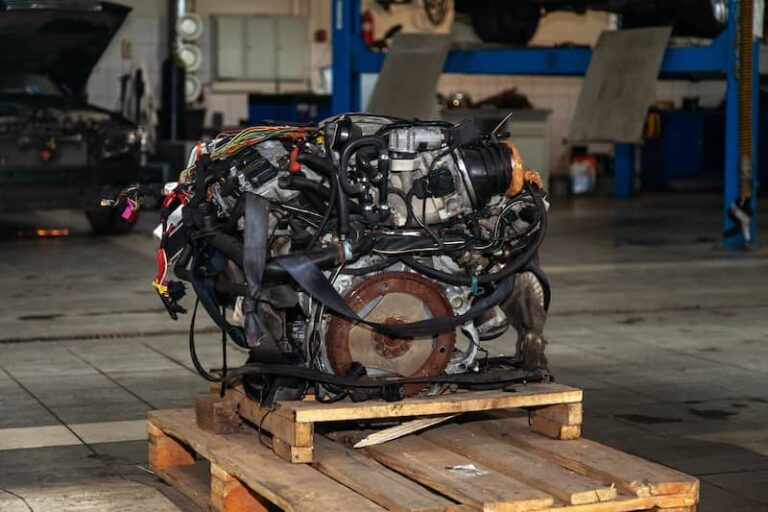A car engine overheating can quickly turn from a minor inconvenience into a major problem that leaves your vehicle stranded and potentially causes expensive damage. While modern cars are built with efficient cooling systems and advanced sensors, overheating can still happen – and when it does, it’s critical to understand why and what to do about it.
In this article, we’ll explain the signs of an overheating engine, explore the most common causes, and show you exactly how to fix and prevent this issue.
Signs of an Overheating Car
Before an overheating problem becomes serious, your car usually gives you warning signs. Pay attention to these indicators:
- Temperature Gauge Rising: The most obvious sign – your temperature gauge starts moving toward the “H” or red zone.
- Check Engine Light or Coolant Light: These may come on when your vehicle’s system detects excessive heat.
- Steam or Vapor: If you see vapor or steam coming from under the hood, your engine is definitely overheating.
- Strange Smells: A sweet smell might indicate leaking coolant, while a burnt odor can mean overheated oil or rubber components.
- Reduced Engine Performance: Your car may lose power or the A/C might suddenly stop working to protect the engine.
If you notice any of these symptoms, it’s best to pull over immediately and address the problem before continuing to drive.
What Causes a Car Engine to Overheat?
Car engines can overheat for several reasons, most of which are related to the cooling system. Here are the primary culprits.

1. Cooling System Failure
Your engine relies on a combination of coolant, water, and a radiator system to manage temperature. When any part of that system fails – such as the radiator, water pump, or thermostat – the coolant may not circulate properly, causing a buildup of heat.
If your air conditioner stops working or the temperature gauge moves into the danger zone, stop driving immediately. Continuing to drive with a hot engine can cause serious internal damage, such as a cracked head gasket or warped cylinder head.
2. Incorrect Coolant Circulation
The coolant mixture (a combination of water and antifreeze) keeps your engine from overheating in summer and from freezing in winter. If this fluid doesn’t circulate correctly – because of low levels, a faulty pump, or trapped air – the engine temperature rises quickly.
Solution:
Check your coolant reservoir. If it’s low, top it up with a 50/50 mixture of coolant and distilled water. In an emergency, you can add plain water to get to a mechanic safely, but replace it with the correct mixture later.
3. Coolant Leak
A constant drop in coolant level usually means there’s a leak somewhere – either in the radiator, hoses, or water pump. Even a small leak can cause significant overheating, especially on long drives.
Solution:
Inspect under your car for puddles of green, orange, or pink fluid. If you find one, you’ll need a mechanic to pressure test the cooling system and locate the leak. Replacing the faulty hose or component should fix the issue.
4. Damaged or Blocked Radiator
The radiator dissipates engine heat, but if it’s clogged with dirt, debris, or corrosion, it won’t function properly. A blocked radiator restricts coolant flow, causing your engine temperature to climb rapidly.
Solution:
Perform a radiator flush to remove debris and replace old coolant. If physical damage (like bent fins) is visible, consider replacing the radiator entirely.
5. Broken Radiator Fan
When your car is idling or moving slowly, it depends on the radiator fan to cool the engine. If the fan motor fails or a fuse blows, the engine can quickly overheat – especially in hot weather.
Solution:
Check if the fan turns on when the engine warms up. If it doesn’t, the issue may be a bad motor, relay, or temperature sensor. These are typically inexpensive repairs compared to the damage caused by continued overheating.
6. Low or Leaking Engine Oil
Engine oil doesn’t just lubricate – it also helps carry away some of the heat generated by friction. Low oil levels increase engine temperature and can lead to parts grinding together, producing excess heat and damage.
Solution:
Check your oil level using the dipstick. If it’s low, top it up with the manufacturer-recommended oil. If the oil appears milky, frothy, or has a burnt smell, there may be an internal leak or gasket issue that needs professional attention.
7. Malfunctioning Thermostat
The thermostat regulates coolant flow between the engine and the radiator. If it gets stuck closed, the coolant won’t circulate properly, causing the temperature to spike.
Solution:
Replacing a faulty thermostat is a relatively easy and inexpensive fix. Most repair shops can handle this in under an hour.
8. Worn Water Pump
The water pump keeps the coolant moving through the system. If the pump’s impeller or bearings wear out, circulation stops, leading to overheating.
Solution:
A mechanic can test your water pump for leaks or noise. Replacing a worn pump will restore proper coolant flow and prevent future overheating.
What Should You Do If Your Engine Is Overheating?
If your engine starts to overheat while driving, follow these safety steps immediately:
- Pull Over Safely: Stop on the side of the road and turn off your engine.
- Open the Hood Carefully: Let the steam escape and give the engine 15–30 minutes to cool down before touching anything.
- Turn Off the A/C and Turn On the Heater: The heater draws excess heat away from the engine into the cabin.
- Add Coolant or Water: If levels are low and the engine has cooled, refill the reservoir with coolant or water to prevent further damage.
- Check for Leaks: Look for puddles or drips under the car.
- Restart and Monitor: If the temperature gauge stays normal, you can drive to the nearest repair shop – but avoid highways or long drives.
Preventing Engine Overheating
Prevention is the best way to avoid engine damage. Here’s how to keep your car running cool:
- Regularly check coolant levels and top off as needed.
- Replace coolant every 2–3 years or as recommended by your manufacturer.
- Inspect hoses and belts for wear or cracks.
- Clean or replace the radiator when it becomes dirty or corroded.
- Schedule regular oil changes and maintenance checks.
Final Thoughts
Car engine overheating is not something to take lightly. While the issue may seem rare in modern vehicles, it can still occur due to leaks, faulty parts, or neglected maintenance. Recognizing early warning signs and addressing them promptly can save you from severe engine damage and costly repairs.
If your car frequently overheats or loses coolant, it’s best to have it inspected by a professional as soon as possible. With proper care, you can keep your engine cool, efficient, and reliable for years to come.
FAQs
No. Driving with an overheating engine can warp metal components and damage the head gasket. Always pull over immediately.
Never pour water directly on a hot engine – it can cause thermal shock and crack the engine block. Wait for it to cool before adding coolant or water to the reservoir.
Turn off the A/C, turn on the heater, and pull over to let the car idle. This helps draw heat away from the engine until it cools naturally.
Start by checking coolant and oil levels, inspect for leaks, and ensure the radiator fan is working. If the issue persists, visit a mechanic for diagnostics.
Replacing the headlights on a 2014 Honda Accord typically costs between $150 and $300 per headlight, depending on whether you choose OEM or aftermarket parts and labor rates.


